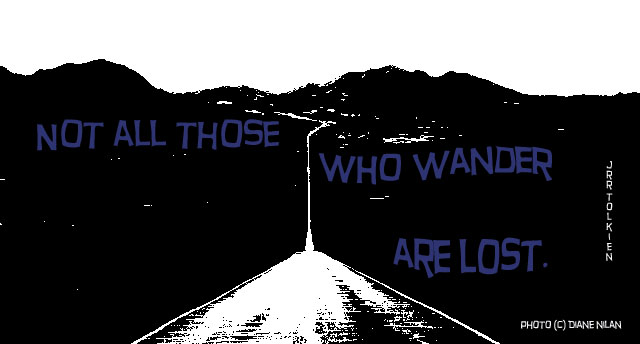My heat deprivation is balanced by knowing how many people don't have electricity or heat--many because of that blustery super storm Sandy that chewed up large swaths of NJ, NY and CT a month ago. Some still lack heat/electricity, the most vulnerable--seniors, disabled persons, and little people. Forgotten in the hurricane's rubble, millions homeless because of the storm of injustice and poverty afflicting our nation.
Among the horrendous by-products of heat-deprived households (and even non-households--those squatting in the plethora of abandoned buildings, or those sheltered in tents or crappy trailers) are deaths by house fires or carbon monoxide poisoning. When desperate for warmth, people do many ill-advised things in search of heat.
A couple years ago I got morbidly obsessed with a fire in Starkville, MS that snuffed the lives of 3 women and 3 little children under the age of 6. I figured, correctly, that their overcrowding was caused by homelessness, aka "hard times." Traveling through that part of the country on my HEAR US journey, I took a chance and stopped, and got to speak with the Mayor about this sad incident. He honestly admitted not knowing about his town's safety net. It didn't exist. It probably isn't much better now.
 Google HOUSE FIRES and CARBON MONOXIDE deaths and you'll get tons of stories. None of them pleasant. I tracked house fires for a couple of years, until it got too gruesome. State after state reported house trailers, apartments, and houses turned to embers, taking adults and children in the process. Most of those deaths were probably preventable. Certainly poverty--inability to pay for home heat, faulty wiring, overcrowding, etc.--plays a significant role.
Google HOUSE FIRES and CARBON MONOXIDE deaths and you'll get tons of stories. None of them pleasant. I tracked house fires for a couple of years, until it got too gruesome. State after state reported house trailers, apartments, and houses turned to embers, taking adults and children in the process. Most of those deaths were probably preventable. Certainly poverty--inability to pay for home heat, faulty wiring, overcrowding, etc.--plays a significant role.Fires and carbon monoxide have an equally common and lethal cousin--hypothermia. Increased deaths from this affliction are being reported in the Sandy-ravaged area. It freezes your brain, causing you to react sluggishly, erratically, and often leads people to self-medicate, using alcohol or drugs to ward off the cold. No matter that this technique is erroneous; it makes sense at the time.
In my book, Crossing the Line: Taking Steps to End Homelessness, I share fire stories from my shelter running days. What a tragic and common reality: death and injury by fires among the homeless population. Many of our beloved guys (it seemed to be all guys) hung out by fires in the bitter cold. Yeah, they passed the bottle, thinking it would keep them warm. Too many of our friends ended up dead or injured.
Fires kill thousands of people in this country every year (not to mention fires across the globe, like the recent Bangladesh factory fire that killed over 120 workers who make our cheap clothing).
My hopes--and you can help:
- Increased safety practices to prevent fires.
- Increased home heating resources so households don't resort to unsafe alternatives.
- Increased options for homeless persons to keep them from becoming desperate for warmth.
Providing warmth--donating blankets, volunteering at a shelter, contributing to home heating funds, or sharing a cup of hot coffee with a bone-chilled stranger--will warm your heart. What a great payoff!








No comments:
Post a Comment